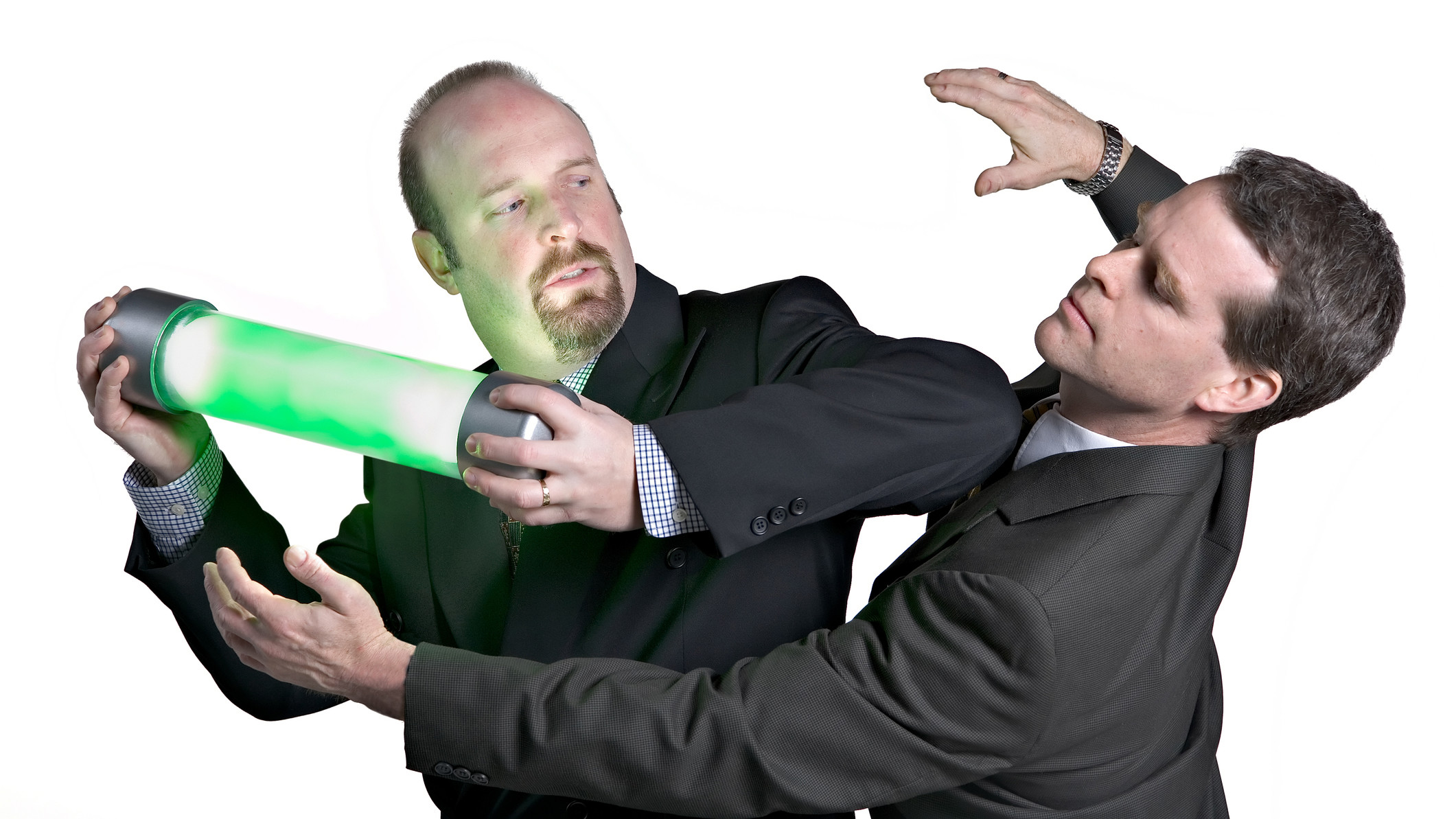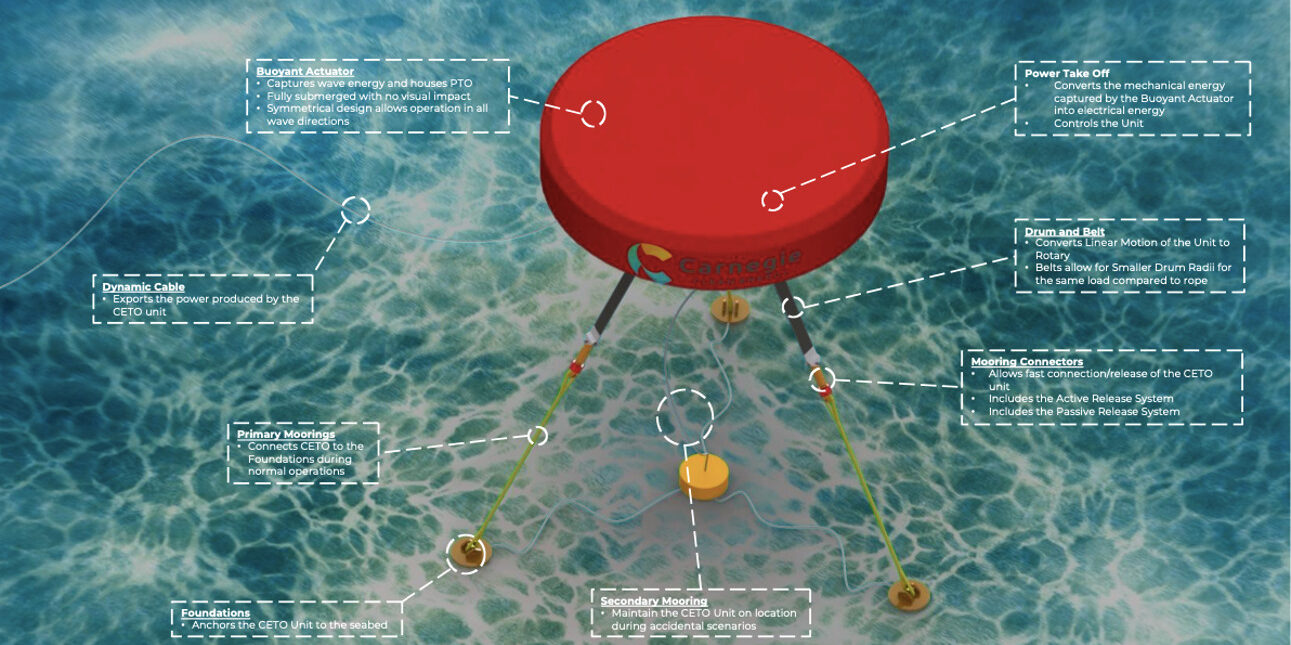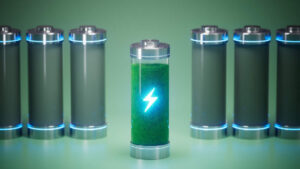Which ASX stocks are protecting their IP with a green technology patent?

Pic: via Getty Images.
- Green tech innovation is essential to achieve climate change goals
- Patents give the inventor exclusivity and protect from unauthorised use
- Many countries have fast-tracking schemes in place for green tech patents
With the increased global focus on decarbonisation and hitting net zero, companies are increasingly looking to green – and clean – technology to reduce the environmental footprint of carbon-intensive industries.
Green technology can range from a product or method that increases energy of materials efficiency or reduces greenhouse gas emissions.
And if you’re investing a lot of time and money into innovative tech, it makes sense to patent it and protect your intellectual property.
A patent essentially gives the inventor exclusivity, providing protection and competitive edge by preventing anyone else from making, using, or selling the tech.
Many countries have fast-tracking schemes in place for reviewing green tech patents, with the aim of speeding up the use of the unique products or methods.
Which ASX stocks have green technology patents?
HZR has a patented technology that enables the conversion of natural gas into hydrogen and graphite, using iron ore as a process catalyst, with very low emissions.
The company says its Commercial Demonstration Plant (CDP) to demonstrate the process on a continuous basis at industrial scale is scheduled to commence operations in 2023.
“Hazer has a critical role to play decarbonising global hard-to-abate industry with our advanced low-cost and game-changing technology,” MD & CEO Glenn Corrie said last month.
SIX is an engineering and manufacturing company specialising in patented clean air compressor technology for engine superchargers.
They also make e-compressors for the clean energy technology sector and wastewater treatment markets.
A patent application has been lodged the G15 industrial blower, which showcases an impressive 40% energy saving (compared to traditional systems) when incorporating the company’s Smart Pulse Aeration (SPA) technology, and a patent has been lodged for the SPA tech itself.
The company has a US patent for its graphene-based environmental remediation technology, and has filed a patent application for its graphene based additives for protective and marine coatings – which come with reduced CO2 emissions.
A recent Lifecyle Assessment (LCA) indicated that steel assets coated with ecosparc-enhanced high-performance coatings reduce the CO2 emissions associated with the maintenance of steel assets by 18–21% when benchmarked against the same non-graphene-enhanced epoxy protective coatings.
It also showed a significant cost-saving of 19–23% over the lifecycle of these same assets.
“It’s great to be part of an Australian business playing a positive role in helping to address the climate emergency,” SPN general manager of graphene material Dr Denis Wright said last month.
Plus, patent is pending for the company’s photocatalytic water splitting (PWS) green hydrogen production technology – an alternative to producing green hydrogen via electrolysis, using only sunlight, water and a photocatalyst.
Environmental Clean Technologies (ASX:ECT)
ECT has a unique COLDry process which uses low temperature and low pressure to create a low-cost method of de-watering lignite to produce an upgraded black coal equivalent for its Bacchus Marsh project.
The COLDry process produces pellets that are stable, easily stored, can be transported, and are of equal or higher energy value than many black coals.
And when used in energy generation, COLDry pellets have a significantly lower CO2 footprint than the lignite from which they are made, providing a compelling emissions abatement solution.
The company says aspects of the COLDry process are covered by patents in all major markets with significant brown coal deposits.
Anteotech (ASX:ADO)
ADO has a US patent covering its coating and binding technology, which reinforces battery binders and helps maximise the performance of silicon containing anodes through increasing capacity, extending cycle life, thus enabling lighter and more compact high energy lithium-ion batteries to be manufactured.
For the next generation of lithium-ion batteries, silicon is being seen as a promising anode material based on its ability to increase battery capacity, decrease charging times, and lower costs.
HZR, SIX, SPN, ECT and ADO share prices today:
Redflow is a battery manufacturer that produces patented zinc-bromine flow batteries that can be used for energy storage in renewable energy systems.
The long-life design and chemistry makes use of cost-effective, fire-safe, and low toxicity materials, and is ideal for extended duration in a wide range of commercial installations and multi-megawatt hour storage deployments.
Along with researchers at Deakin University, the company has shown that integrating Boron Nitride Nanotubes (BNNTs) and its patented nanocomposite Li-nanomesh into lithium sulfur batteries can create a cell approaching twice the energy density and a similar cycle life to that of consumer grade lithium-ion batteries.
Li-S has inked a deal with leading US e-aviation company magniX, which will test the potential of the company’s lithium sulfur and lithium metal cell technology for e-aviation applications.
Carnegie Clean Energy (ASX:CCE)
Carnegie’s CETO wave energy converter essentially captures energy from ocean waves and converts it into electricity, and the company already has an intellectual property portfolio of seven patent families, with more than 90 patents and patents pending.
Just last month, they signed a €3.75 million contract for deployment of the CETO tech in Europe, which should see it operational by 2025.

Phoslock Environmental Technologies (ASX:PET)
The company specialises in patented water treatment products to remediate nutrient polluted fresh waterbodies including, lakes, rivers, canals, municipal and private ponds, recreational and drinking water reservoirs.
Phoslock permanently binds excess phosphorus in the water column and sediments while Phosflow removes excess phosphorus in flowing water applications.
The company entered into an agreement with US based Water Warriors last month to distribute a patented product that has been proven to be effective in the removal of phosphorus from freshwater sources including stormwater, agricultural runoff and municipal waste water.
RFX, LIS, CCE and PET prices today:
Who’s got a patent application pending?
It’s worth noting there are several players who’ve got green tech patent applications pending.
EcoGraf (ASX:EGR) says it’s graphite purification tech can produce high performance battery anode material to supply electric vehicle, battery and anode manufacturers, and while it already has a USA patent, Renascor Resources (ASX:RNU) recently lodged an opposition to its Australian patent, considering it to be overly broad and “relating to processing procedures that are not sufficiently novel or inventive to merit patent protection.”
Reward Minerals (ASX:RWD) has developed a brand new potash brine processing technology for recovery of Potassium Sulfate (SOP) directly from brines of wide ranging chemical compositions – which could have applications for solar salt, fertiliser, chemical and seawater desalination.
Altech Batteries (ASX:ATC) has lodged patents for its CERENERGY tech which uses cheap common table salt and ceramic solid-state technology to reduce costs by up to 50% compared to regular lithium-ion batteries.
Last year Australian Vanadium (ASX:AVL) applied for an international patent for its vanadium processing circuit which consists of “an innovative combination of processes to maximise vanadium recovery, and especially the ability to economically recover vanadium from oxidised and transitional zones, common to vanadium‑titanium magnetite (VTM) deposits worldwide,” the company said.
Although not as widely recognised as lithium-ion batteries used in phones and electric vehicles, vanadium redox flow batteries (VRFB) have the competitive edge to operate for as long as 20 years without any power degradation.
Similarly, Richmond Vanadium Technology (ASX:RVT) has lodged a provisional patent application with IP Australia covering its method for the extraction of vanadium.
Lithium Australia (ASX:LIT) has patented lithium extraction tech which can process un-used fine and low-grade spodumene, yielding higher levels of lithium output and materially less waste than conventional processes.
Then there’s La Trobe Magnesium (ASX:LMG) which has developed a low CO2 patented process to extracts magnesium metal and valuable by-products from magnesium rich waste feedstocks which it says can address potentially hazardous waste stockpiles and produce valuable products with downstream environmental benefits.
EGR, RNU, RWD, ATC, AVL, RVT, LIT and LMG share prices today:
Who’s working with or has a stake in a patented play?
On the hydrogen front, BPH Energy’s (ASX:BPH) investee company Advent Energy moved to take a 17.5% stake in Clean Hydrogen Technologies last month, which is developing a solution to generate a clean hydrogen product, as well as solid carbon for batteries.
Clean Hydrogen has filed three comprehensive patents in the USA, and plans to submit three more.
ReNu Energy (ASX: RNE) has a stake in Allegro Energy, which has developed a unique water-based electrolyte, which can be used in the development of high performance, safe, non-toxic, non-flammable supercapacitors and redox flow batteries, enabling energy storage that is safe, cheap and non-flammable.
The technology is patented in Australia, New Zealand, China and Europe and patent applications are pending in the US and Japan.
Hannans (ASX:HNR) has rights (via licensing arrangements) to commercialise the patented recycling technology to produce nickel, cobalt and lithium from production scrap and end-of-life lithium batteries (LiBs) developed by Neometals (ASX:NMT) – which is HNR’s largest shareholder (26.09%).
And Pilot Energy (ASX:PGY) is working with KC8 Capture Technologies on a carbon capture and storage operation to convert the operating Cliff Head offshore oil field to enable to production of blue and green hydrogen and ammonia at its Mid West Clean Energy project.
KC8 has developed carbon capture technologies for over 15 years, and it controls 11 patent families with over 35 awarded international patents and many more pending.
BPH, RNE, HNR, NMT and PGY share prices today:
At Stockhead we tell it like it is. While Sprintex, Renascor Resources, Altech Batteries and BPH Energy are Stockhead advertisers, they did not sponsor this article.
Related Topics
UNLOCK INSIGHTS
Discover the untold stories of emerging ASX stocks.
Daily news and expert analysis, it's free to subscribe.
By proceeding, you confirm you understand that we handle personal information in accordance with our Privacy Policy.







